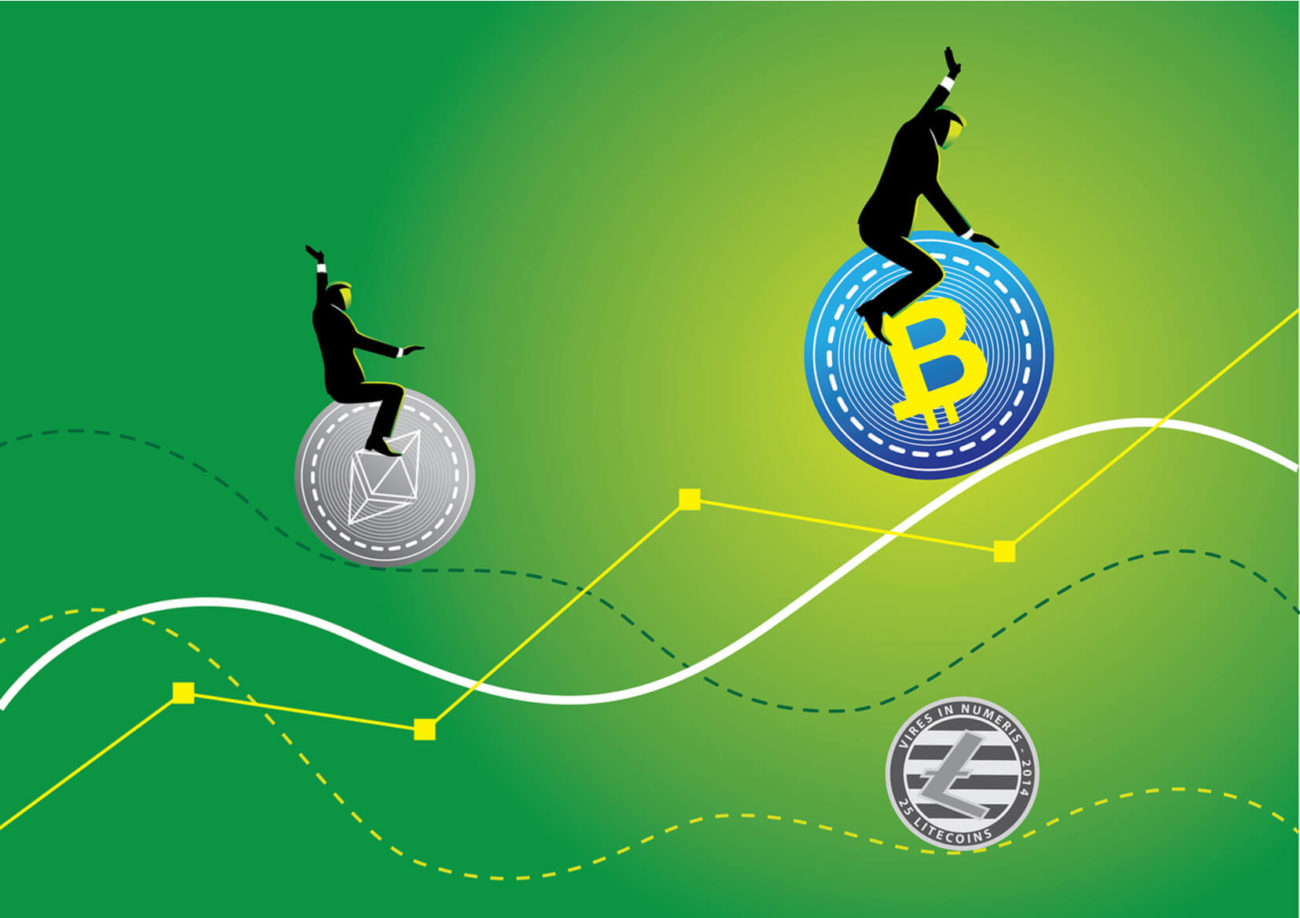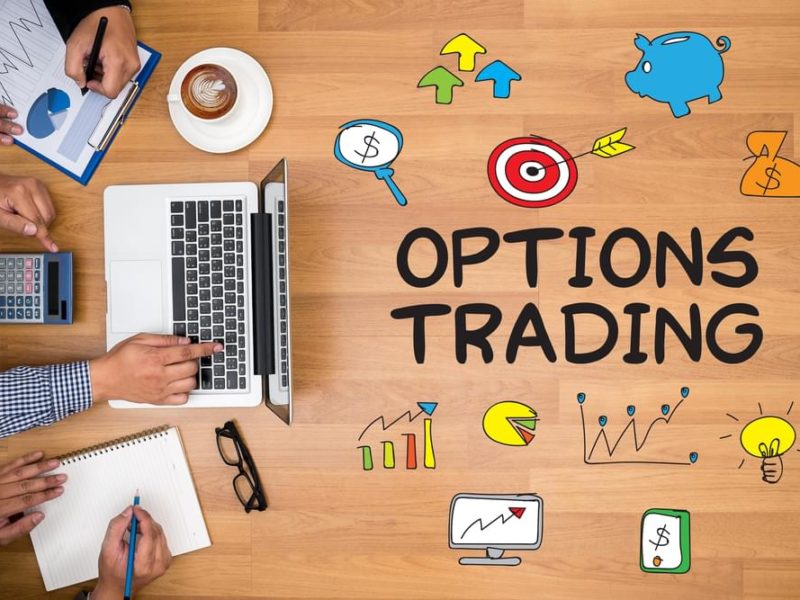Gain Financial Freedom with Crypto Arbitrage
Crypto arbitrage involves super fast trading with the near-simultaneous buying and selling of a cryptocurrency for a profit amounting from the price fluctuations between two platforms. Successful crypto arbitrage traders do not seek to profit from large price fluctuations but rather from small ones with more frequency.
Crypto arbitrage falls under the umbrella of high-frequency trading. As the term suggests, high-frequency trading involves a lot of trading. Again, you aren’t seeking to make big profits but small, frequent profits. Most high-frequency traders rely on trading programs, programmed Robo-advisors, and trading software to make money with crypto arbitrage.
In crypto arbitrage, there are three primary methods to gaining financial freedom. These include the following crypto arbitrage techniques:
- Automated – Automated crypto arbitrage involves applying a trading solution to execute trades on your behalf autonomously. These trades follow specific program commands, abide by trade rules, take emotions out of trading, and tend to be far more effective traders than human day traders.
- Regular – The only real way you can conduct crypto arbitrage would be by using two cryptocurrency exchanges with significantly different prices. However, these large price fluctuations are difficult to find in such a liquidated market.
- Triangle – Performing the triangle crypto arbitrage approach involves a three-way cryptocurrency exchange. For instance, you buy Bitcoin (BTC) with US dollars, then sell your BTC to Litecoin, transfer those Litecoin to your second exchange, and then convert that Litecoin back to BTC, then back to US dollar for a profit gaining from the price fluctuations between both platforms.
Many cryptocurrency’s prices fluctuate between 3% to 5% from varying platforms (sometimes as high as 50%). With access to more than 4,000 cryptocurrencies and 200 exchanges worldwide, there are countless opportunities to gain financial freedom and make money with crypto arbitrage. Lastly, don’t forget to formulate potential deposit, exchange, transfer, and withdrawal fees into your bottom dollar.







